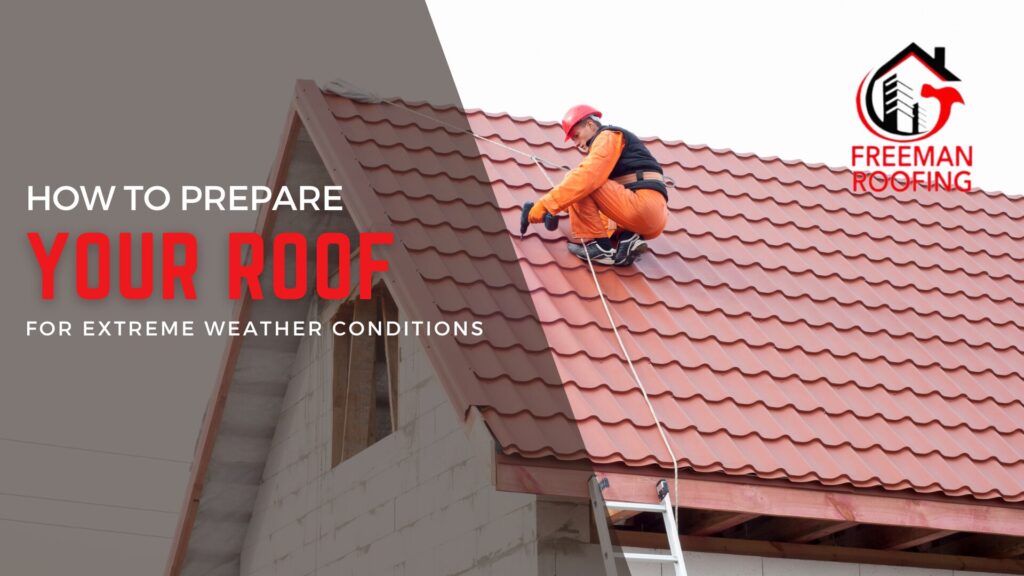How to Prepare Your Roof for Extreme Weather Conditions

Your roof is the first line of defense, and proper preparation is crucial to minimize damage and protect your investment. Extreme weather events, such as hurricanes, tornadoes, and heavy snowfall, can wreak havoc on your home. This guide outlines key steps to fortify your roof against harsh conditions.
Essential Roof Preparation Steps for Extreme Weather
- Regular Roof Inspections: Conduct thorough roof inspections at least twice a year, especially before and after severe weather seasons. Look for missing, cracked, or loose shingles, and pay close attention to flashing around vents, chimneys, and skylights.
Learn more about roof inspection best practices from the Roofing Contractor Association of America. - Clean Gutters and Downspouts: Regularly clean gutters and downspouts to prevent debris buildup. Clogged gutters can lead to water pooling on the roof, increasing the risk of leaks and ice dams in winter.
- Trim Overhanging Branches: Trim tree branches that overhang your roof to prevent damage from falling limbs during storms and to reduce the accumulation of leaves and debris on the roof.
- Reinforce Vulnerable Areas: Secure loose shingles or tiles with roofing cement or nails. Consider applying a layer of sealant to vulnerable areas around flashing and chimneys to prevent water infiltration.
- Inspect and Strengthen Roof Fasteners: In hurricane-prone areas, inspect and upgrade roof fasteners, such as hurricane straps or clips, to better secure your roof to the home’s structure.
- Ensure Proper Ventilation: Adequate attic ventilation is crucial for preventing moisture buildup, which can lead to ice dams in winter and contribute to roof deterioration. Install or check existing soffit vents, ridge vents, and gable vents.
- Apply a Roof Coating: Consider applying a high-quality roof coating to provide an extra layer of protection against water damage, UV rays, and extreme temperatures.
- Address Leaks Promptly: Repair any leaks promptly to prevent further water damage and the growth of mold or mildew within your home.
- Hire Professional Roofers for Inspections and Repairs: Engage trusted roofing professionals for regular inspections, repairs, and any major maintenance projects.
Find BBB-accredited roofing companies in your area on the Better Business Bureau website.
After the Storm
After a severe weather event, conduct a thorough post-storm inspection. Look for signs of damage, such as missing shingles, leaks, or structural issues. If you notice any damage, contact a qualified roofing contractor for immediate repairs to prevent further damage and maintain your roof’s integrity.
Conclusion
By taking proactive steps to prepare your roof for extreme weather events, you can significantly reduce the risk of damage, protect your home, and ensure its longevity. Regular maintenance, timely repairs, and choosing the right roofing materials are key to a weather-resilient roof.
